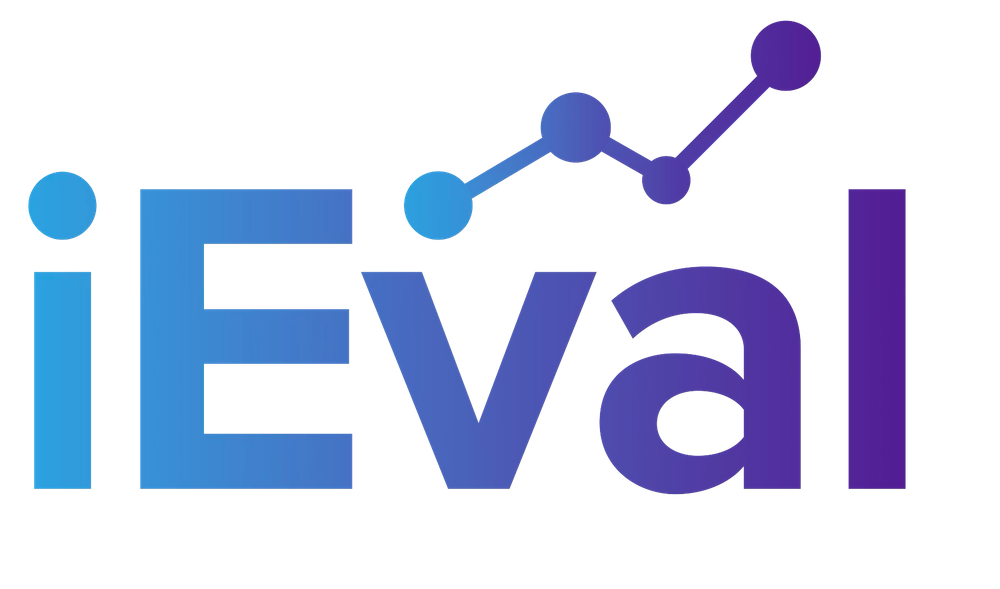On my drive to a meeting recently I was listening to an academic researcher on NPR discuss global warming research and how it intersects with public and political opinion. As part of the discussion, the researcher said that a concern to be wary of when dealing with academic research is that everyone is out there building individual bricks of knowledge on a subject, but no one is working together to build a wall. In other words, academic institutions expect their faculty to publish research, but there is little incentive to work together to pull all of those pieces together to make a more comprehensive argument or view.
This concept resonates with me as an evaluator. As Dr. Tackett mentioned in her post last week, it is easy to continue to provide a standard and expected deliverable for clients. This often means producing a report with descriptive statistics, analysis, and recommendations. However, where the magic happens is when we can help our clients see how their work fits into the overall bigger picture and push those findings to larger outcome goals.
An example I think of in our work at iEval is when Johns Hopkins University and Chapin Hall at the University of Chicago came out with groundbreaking research on high school dropouts. Research studies outlined what academic and social behaviors were indicators that put students at risk of failing to graduate. These studies have a monumental impact on programs that aim to improve outcomes for students. While it would have been easy to coast by with our current projects and only keep these studies in the back of our minds, iEval determined that they should be driving the reports we provided to many of our school-based programs.
For example, how many of the students served by our clients have one or more of the risk predictors? What impact do programs have on the number of risk predictors a student has? How can school day, after-school, and community members work together to best address student risk predictors?
Addressing risk-predictors and high school dropouts is one way we were able to use current research and apply it to our “brick making” practice. iEval was able to use national research and apply it to local communities to move their programs beyond a traditional book-shelf report to one that has moving parts, cutting-edge ideas, and applicable findings.
KELLEY’S USEFUL TIP: One way to stay attuned to new research in your field is to sign up for e-blasts from the top research magazines and institutions in your field. For me, Ed Week, Harvard Graduate School of Education, and the Harvard Family Research Project are essential resources. By skimming these emails as they come in, I can stay abreast as to what new research is out there and brainstorm ways to integrate it into our work.

